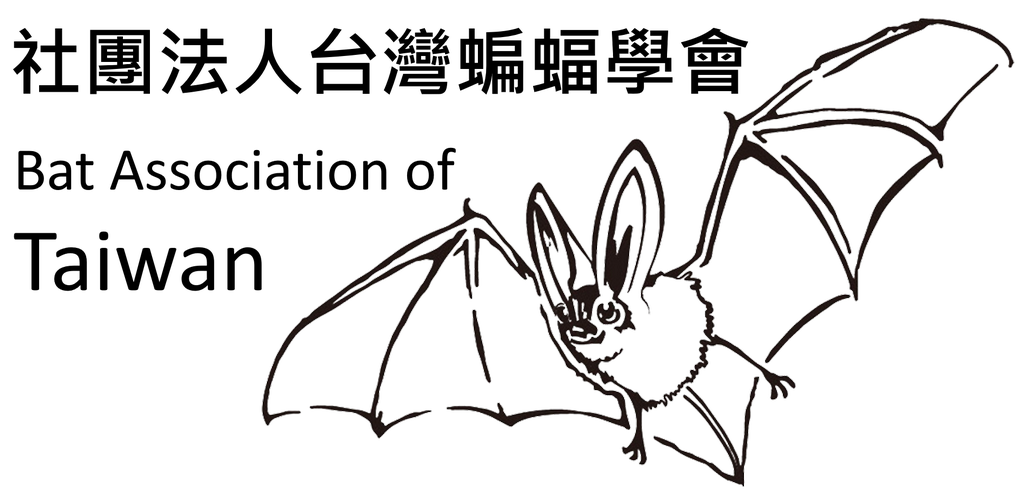蝙蝠研究
2022_臺灣地區東亞家蝠(Pipistrellus abramus)及高頭蝠(Scotophilus kuhlii)屍體內器官及毛髮之重金屬含量研究_林紘瑋
出版年份:2022
研究生:林紘瑋
分類:碩士論文
題目:臺灣地區東亞家蝠(Pipistrellus abramus)及高頭蝠(Scotophilus kuhlii)屍體內器官及毛髮之重金屬含量研究
Title:The study of heavy metals contents in organs and fur of Pipistrellus abramus and Scotophilus kuhlii carcasses collected from Taiwan
摘要:
工業發展以及人類活動造成大量重金屬進入生態系中,導致許多生物受到重金屬污染。食蟲性蝙蝠在生態系中屬於高階消費者,會經由生物累積以及放大作用將環境中的重金屬累積在體內,大量的重金屬會對其生理功能造成負面影響,最嚴重可能造成死亡。本研究目的為比較兩個蝙蝠物種中重金屬在不同臟器以及毛髮間累積上的差異,探討重金屬濃度在毛髮與臟器之間的相關性,再與文獻的重金屬測值比較,評估兩種蝙蝠受重金屬危害的程度。研究自 2019年 3 月到 2020 年 10 月,在台灣採集到 23 隻東亞家蝠(Pipistrellus abramus)以及17 隻高頭蝠(Scotophilus kuhlii)的屍體樣本,利用感應耦合電漿原子發射光譜儀,量測兩物種心臟、肝臟、腎臟以及毛髮中鎘、鉻、銅、鐵、鉛、鋅的濃度。結果顯示,東亞家蝠腎臟中鎘、銅、鐵和鉛的濃度皆高於高頭蝠,而心臟、腎臟和肝臟中的鋅濃度則低於高頭蝠。兩種蝙蝠腎臟中的鉛皆與毛髮呈現正相關。此外,兩種蝙蝠樣本中肝臟中的銅、鐵、鉛及腎臟中的銅濃度半數以上,都出現超過哺乳類動物器官之毒害閾值的現象,未來可以根據本研究結果深入探討重金屬污染對蝙蝠所帶來潛在風險。
Abstract:
Industrial development and anthropogenic activities have released large quantities of heavy metals into the ecosystem, causing many organisms exposed to heavy metal pollution. As insectivorous bats occupy high trophic levels of the ecosystem, high levels of heavy metals would accumulate in their bodies through bioaccumulation and biomagnification. Large quantities of heavy metals in bats may have negative effects to their physiological functions and may lead even to death. The aims of this study were to compare the accumulation of heavy metals in different organs and furs of two bat species, to explore the correlation of the heavy metal concentrations between fur and internal organs, and to evaluate the extent of heavy metal pollutions of bats in Taiwan. In this study, heart, liver, kidneys and fur from the carcasses of 23 Pipistrellus abramus and 17 Scotophilus kuhlii were collected in Taiwan from March 2019 to October 2020. The concentrations of Cd, Cr, Cu, Fe, Pb and Zn in the organs were measured by inductively coupled plasma optical emission spectroscopy (ICP-OES). The result showed that P. abramus had higher concentrations of Cd, Cu, Fe and Pb in the kidneys than S. kuhlii and lower concentrations of Zn in the heart, kidneys and liver than S. kuhlii. The results also showed that significant positive correlations between Pb in the fur and kidneys in both two bats. In addition, more than half of the samples of the two bats, the concentrations of copper, iron, lead in the liver, and copper in the kidney were higher than reported toxic thresholds of mammals. In the future, based on the results of this study, we can assess the potential risk of heavy metal pollution of bat species in Taiwan.
